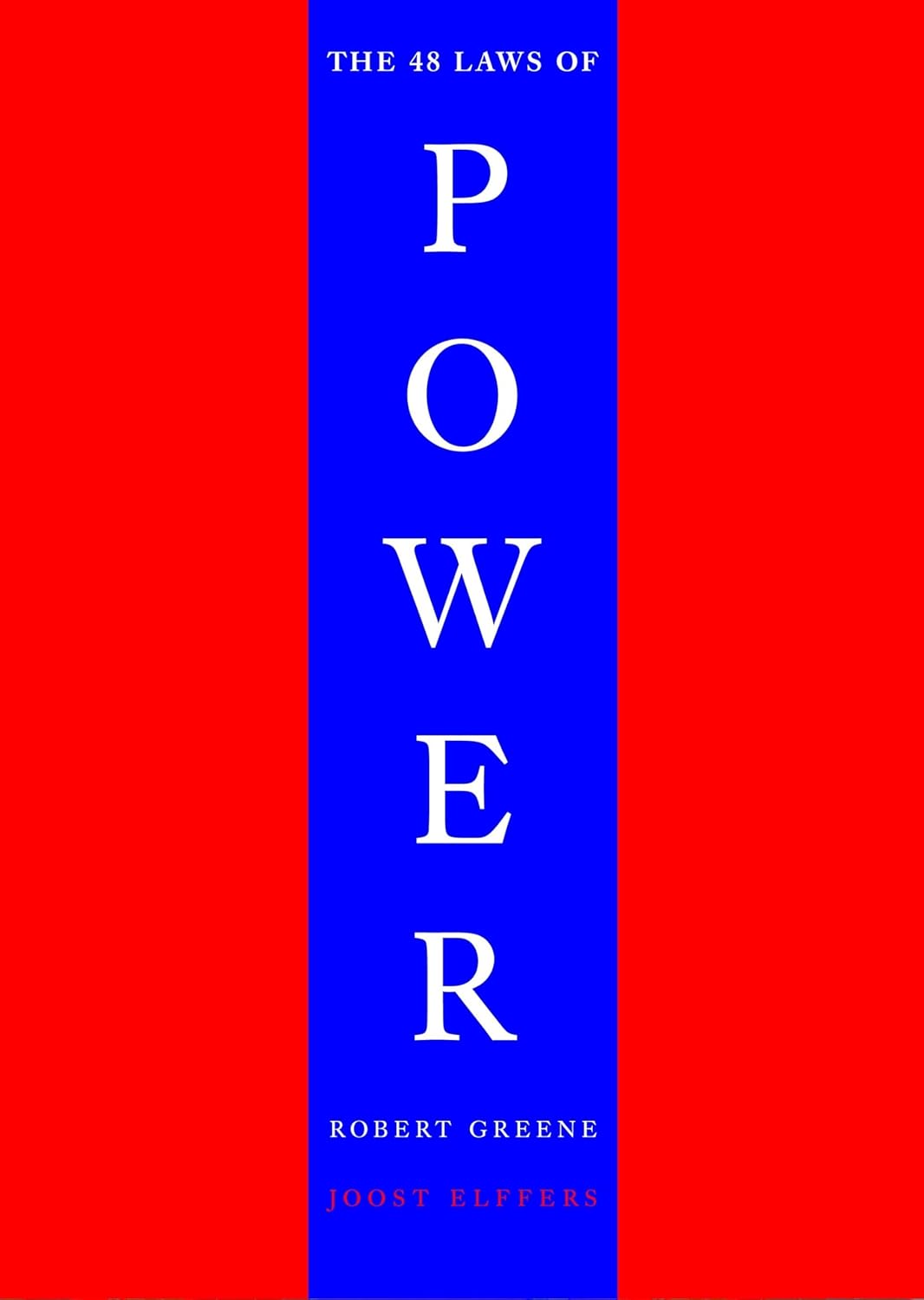Law 45: Preach the Need for Change, But Never Reform Too Much at Once
byIn Law 45: Preach the Need for Change, But Never Reform Too Much at Once from Robert Greene’s The 48 Laws of Power, the key lesson revolves around implementing change gradually to avoid provoking strong resistance. While people may claim they welcome progress, in reality, they are deeply attached to their traditions, habits, and routines. If reforms are introduced too abruptly or appear to challenge the familiar, individuals often respond with resistance, suspicion, or outright defiance, as they see their established way of life under attack.
History repeatedly illustrates the dangers of imposing radical change without careful preparation. One of the most striking examples is King Henry VIII’s dramatic break from the Catholic Church, which resulted in both religious and political upheaval across England. While Henry achieved his goal of securing a divorce and establishing the Church of England under his rule, the process was tumultuous, leading to widespread unrest and instability. His chief minister, Thomas Cromwell, who orchestrated many of these reforms, ultimately paid the price for their disruptive impact, facing execution when his policies provoked too much opposition from the nobility and religious authorities.
A different and more successful approach to transformation is exemplified by Mao Tse-tung, who led a sweeping Communist revolution in China but introduced his policies in a manner that blended with existing traditions. Rather than abruptly imposing radical change, Mao tied his reforms to historical narratives, invoking past Chinese philosophies and traditions to ease the transition. By linking his policies to familiar cultural elements, he reduced resistance among the peasantry and made his movement appear less foreign and more like a natural continuation of China’s historical evolution. This strategic approach demonstrates the power of incremental change, which allows people to adjust without feeling as though their entire way of life is being dismantled.
The idea that new ideas must be woven into existing traditions is further supported by examples from religious history. The adaptation of pre-Christian solstice celebrations into what is now recognized as Christmas allowed early Christian leaders to integrate their faith into societies that already had deeply rooted winter festivals. Rather than erasing or replacing beloved customs, they preserved elements of those traditions, making the transition smoother and ensuring acceptance over time. This approach of aligning innovations with what is already familiar is one of the most effective ways to enact lasting reform without causing unnecessary resistance.
One of the fundamental aspects of Law 45 is that successful leaders understand the importance of optics and perception. People are naturally wary of sudden, drastic shifts, and when they feel forced into change, they are likely to rebel. A leader who wishes to introduce reforms must first convince people that the changes are not disruptive but instead necessary enhancements to what already exists. By appealing to continuity and preserving key elements of the past, reformers can soften the blow of transformation and gain broader acceptance for their ideas.
The principle of gradual change is evident not only in political history but also in business and organizational leadership. Companies that implement drastic shifts in policies, branding, or management structures often face backlash from employees and customers. However, those that introduce innovation in phases, allowing for adaptation and feedback, tend to succeed in bringing about meaningful change without alienating their stakeholders. In business, as in politics, small, strategic adjustments over time create more sustainable and accepted transformation than sweeping, overnight changes.
Psychologically, people are more likely to embrace change when they feel in control of it. If reforms are framed as natural progressions rather than radical breaks from the past, they are easier to digest. Leaders who respect this reality and take a calculated approach to change management are far more likely to succeed than those who force sudden upheaval. The key is to make people believe that they are not losing something, but rather gaining an improved version of what they already have.
By acknowledging the deep-seated attachment people have to tradition, Law 45 teaches that the most effective reforms are those that appear to honor the past while guiding people toward a new direction. Those who seek to introduce change without considering the emotional and cultural connections people have to existing structures risk creating unnecessary opposition. When change is framed as an evolution rather than a revolution, it becomes more palatable and less threatening.
In conclusion, Law 45 provides a roadmap for managing power by emphasizing the importance of pacing and perception when implementing change. It highlights that the most successful reforms are those that respect the values and customs of the people they affect, rather than disregarding them. By strategically weaving new ideas into established frameworks, leaders can ensure that their changes endure, gaining support rather than provoking resistance. Whether in politics, business, or personal influence, understanding and applying this principle is essential for long-term success.


